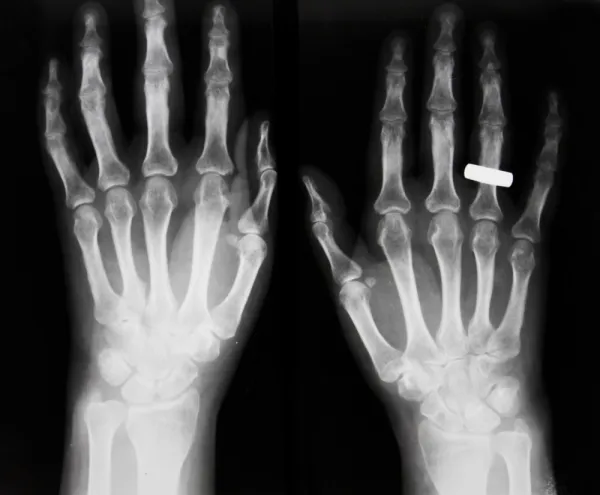Make Friends With Modifier 25 to Stave Off Denials, Audits

Use these FAQs to get the lowdown on this much-used modifier. If you think your modifier 25 knowledge is sharp, you’d better be sure. Because auditors never sleep on enforcement of proper modifier 25 (Significant, separately identifiable evaluation and management service by the same physician or other qualified health care professional on the same day of the procedure or other service) application. “Appropriate use of modifier 25 has often been on the Office of the Inspector General’s [OIG’s] Annual Work Plan,” according to Marcella Bucknam, CPC, CCS-P, COC, CCS, CPC-P, CPC-I, CCC, COBGC, revenue cycle analyst with Klickitat Valley Health in Goldendale, Washington. “The OIG reviews use of modifier 25 and may audit organizations that overuse the modifier. This is also true of Medicare Administrative Contractor [MAC] and Recovery Audit Contractor [RAC] audits,” Bucknam cautions. That’s why we prepared this guide to the most used, and the most misused, modifier in all of coding. What, Exactly, Does a Modifier Do? Before looking at modifier 25’s role in depth, a reminder of the two functions any modifier performs is in order. CPT® defines those functions as: In other words, modifiers allow you to indicate when circumstances require a provider to change a service or procedure described by a specific CPT® code without changing the underlying code itself. This, in turn, enables payers to determine what the provider did and how, or even if, they should pay for that particular service. How Is Modifier 25 Misused? If you read the modifier’s descriptor closely, you can begin to see some of the problems you can encounter when using it. Simply put, if the procedure or other service is not on the same day, if the E/M service is not significant or separate from the procedure, and if the same physician or qualified healthcare professional (QHP) did not perform both the E/M service and the procedure (or if either service was performed by someone other than a physician or QHP), then you have incorrectly applied the modifier. Coding caution: In general, modifier 25 should also only be used on E/M services performed in conjunction with minor procedures that have a 0- or 10-day global period. Procedures with a 90-day global period will typically take modifier 57 (Decision for surgery). How Should I Use Modifier 25? If, on close examination of a provider’s notes, you can separate out a history, exam, and/or medical decision making (MDM) that add up to a specific E/M level, then you likely have a case for appending the modifier to the E/M service in question. You should note, too, that you don’t necessarily have to have a separate diagnosis to justify the E/M. The Bottom Line Before you submit any more claims featuring modifier 25, you should ask yourself the four following questions:. “Answer ‘yes’ to any of them, and there’s a good chance that an E/M service with modifier 25 appended will be seen as medically necessary providing you have the documentation to support it.




